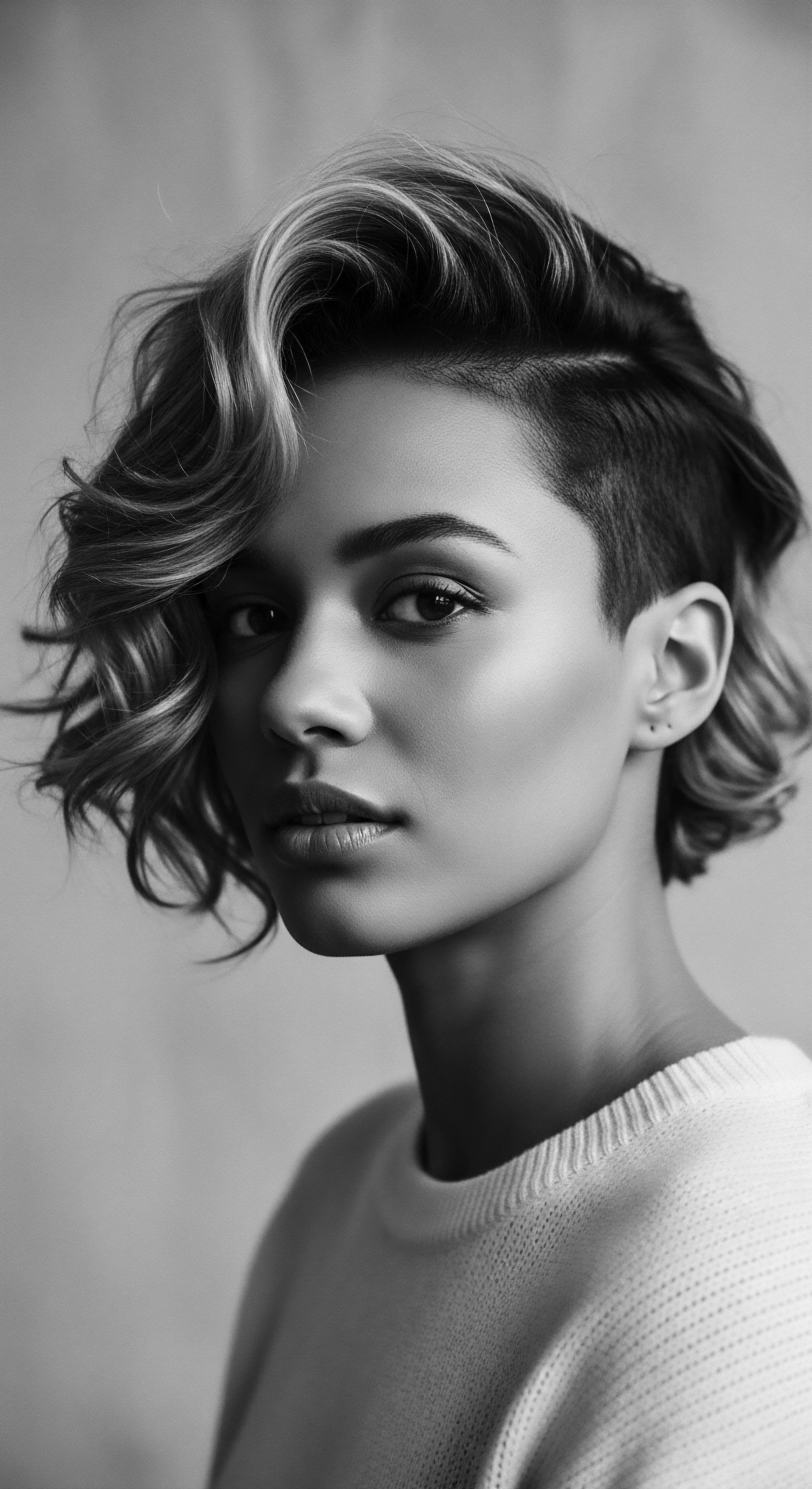
Fundamentals
The concept of Hair Discrimination Laws arises from a deep-seated history where the natural presentation of textured hair, particularly that belonging to individuals of Black and mixed-race heritage, has been subjected to unjust scrutiny and punitive measures. This body of legal frameworks seeks to rectify historical inequities by safeguarding the right to wear one’s hair in its natural state or in styles culturally significant to one’s racial identity without facing adverse consequences in educational, professional, or public settings. The core purpose is to prevent prejudice rooted in Eurocentric beauty standards from impeding opportunities or causing harm.
At its simplest, a Hair Discrimination Law is a legal directive that explicitly prohibits bias against an individual based on their hair texture or protective hairstyles. These protective styles, such as Locs, Braids, Twists, Bantu Knots, and Afros, are not merely aesthetic choices; they are expressions of identity, cultural continuity, and often, practical methods of hair care for textured strands. The enactment of such laws signifies a societal recognition that hair, far from being a superficial attribute, is intrinsically linked to racial identity and cultural heritage. The absence of these protections has historically created barriers, forcing individuals to alter their hair in ways that can be damaging or disconnect them from their ancestral roots.
Understanding the significance of these laws requires acknowledging the long shadow of societal norms that have devalued Black and mixed-race hair. For generations, dominant beauty ideals have cast natural textured hair as “unprofessional,” “unruly,” or “unkempt,” leading to systemic disadvantage. These discriminatory perceptions have manifested in various forms, from school policies that exclude children for their natural curls to workplace regulations that mandate the straightening of hair for perceived “professionalism.” Hair Discrimination Laws aim to dismantle these discriminatory structures, fostering environments where all hair textures and styles are recognized as acceptable and respected.
The movement for these laws, often spearheaded by initiatives like the CROWN Act (Creating a Respectful and Open World for Natural Hair), clarifies that discrimination based on hair texture and protective styles is a form of racial discrimination. This legislative clarification addresses a loophole in earlier civil rights protections, which, while prohibiting race-based discrimination, did not always explicitly extend to phenotypic traits like hair texture. By broadening the legal understanding of race to include these characteristics, Hair Discrimination Laws strive to ensure that an individual’s appearance, particularly their hair, does not become a pretext for denying them fundamental rights or opportunities.
Hair Discrimination Laws stand as guardians of heritage, ensuring that the natural crown of textured hair is celebrated, not condemned, in spaces of learning and livelihood.
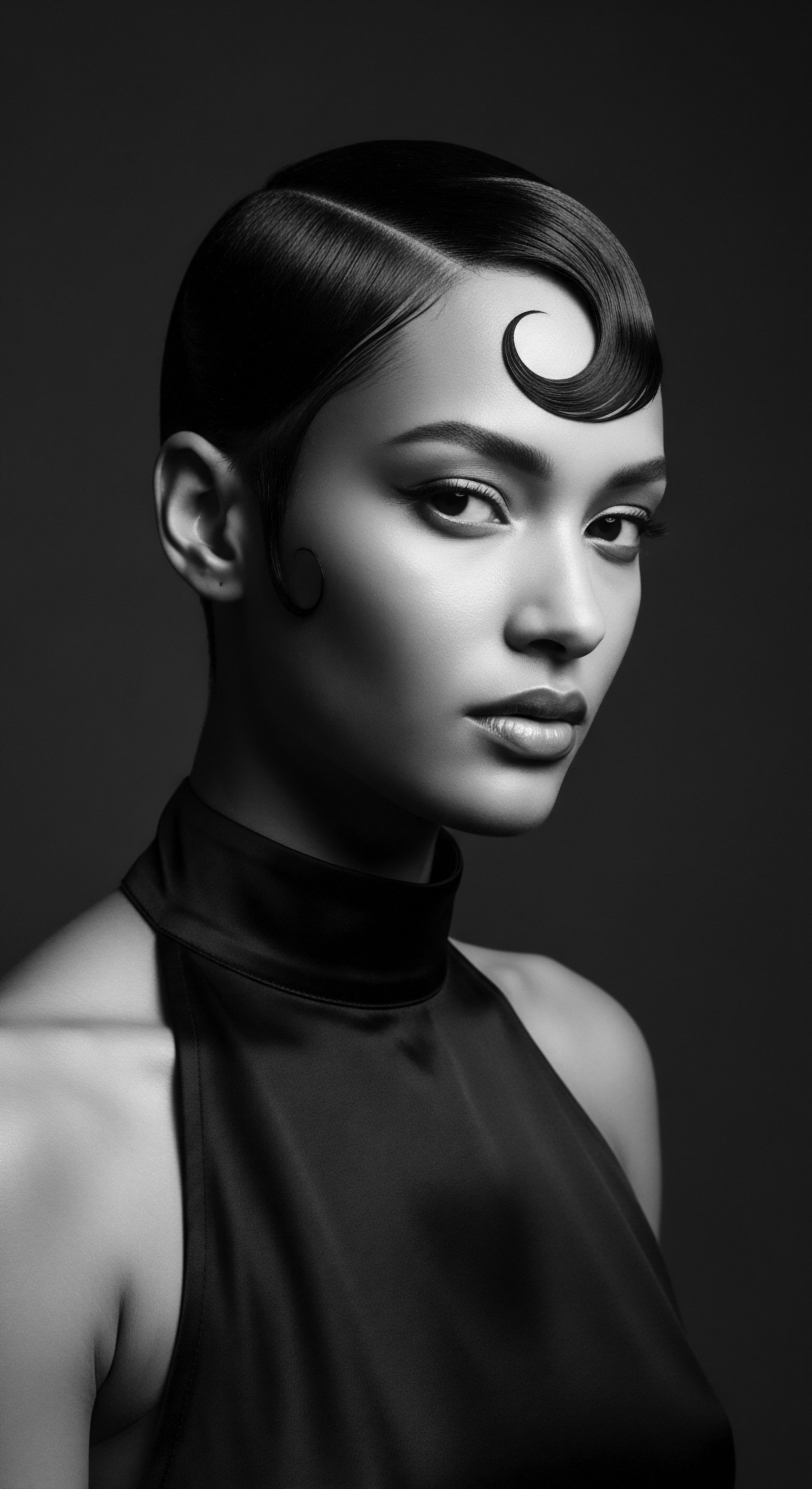
The Ancestral Echoes in Legal Frameworks
The foundational understanding of Hair Discrimination Laws is incomplete without an appreciation for the historical journey of textured hair. For countless generations across the African diaspora, hair has served as a powerful medium of communication, spirituality, social status, and communal belonging. Elaborate braiding patterns conveyed marital status, age, or tribal affiliation; intricate coiling rituals connected individuals to ancestral practices; and the very act of caring for hair was a communal bonding experience. These practices, passed down through oral traditions and lived experiences, form an unbreakable chain of heritage.
However, the transatlantic slave trade and subsequent periods of systemic oppression sought to sever these vital connections. Enslaved Africans were often forced to shave their heads or adopt simplistic styles, a deliberate act of dehumanization designed to strip away identity and heritage. Post-emancipation, the lingering influence of Eurocentric beauty standards continued to pressure Black individuals to conform, often through painful and damaging chemical straightening processes, to gain societal acceptance. The emergence of Hair Discrimination Laws represents a legal acknowledgment of this painful past and a concerted effort to reclaim and protect the autonomy and dignity associated with textured hair.
- Cultural Affirmation ❉ These laws affirm the cultural significance of hair beyond mere aesthetics, recognizing it as an integral aspect of racial and ethnic identity.
- Historical Redress ❉ They serve as a form of redress for generations of discrimination, offering legal recourse against biases rooted in colonial and post-slavery beauty norms.
- Protection of Practices ❉ The laws safeguard traditional hair practices, ensuring that styles like Cornrows, Locs, and Afro Puffs are protected expressions of heritage.
The very language within these legislative acts often speaks to the historical context, defining race to encompass traits historically associated with racial identity, including hair texture and protective hairstyles. This deliberate inclusion underscores the understanding that hair discrimination is not an isolated incident but a manifestation of deeper, systemic biases that have historically marginalized Black and mixed-race communities. Thus, the laws serve not only as protective measures but also as educational statements, illuminating the profound connection between hair and identity for all members of society.

Intermediate
Moving beyond the foundational understanding, the intermediate interpretation of Hair Discrimination Laws reveals their intricate role in dismantling systemic barriers and fostering inclusive environments. These laws are not merely reactive measures; they are proactive statements that redefine societal norms of professionalism and appearance, particularly within the realms of employment and education. Their implementation challenges the deeply ingrained, often unspoken, assumption that straight hair is inherently more “neat” or “acceptable” than textured hair, an assumption historically used to justify discriminatory practices.
The legislative framework often specifies that policies claiming to be “race-neutral” but which disproportionately affect individuals with textured hair are indeed discriminatory. This nuanced approach recognizes that bias does not always manifest as overt prejudice but can be embedded within seemingly objective rules. For instance, a school dress code banning “unnatural hair colors” might be race-neutral on its face, but if it is selectively enforced against students with Black hairstyles, or if it disallows protective styles necessary for the health of textured hair, it becomes discriminatory. The intermediate understanding calls for a critical examination of such policies, prompting institutions to consider their real-world impact on diverse populations.
Hair Discrimination Laws function as societal mirrors, reflecting the need to redefine professionalism through a lens of equity and respect for diverse hair heritage.
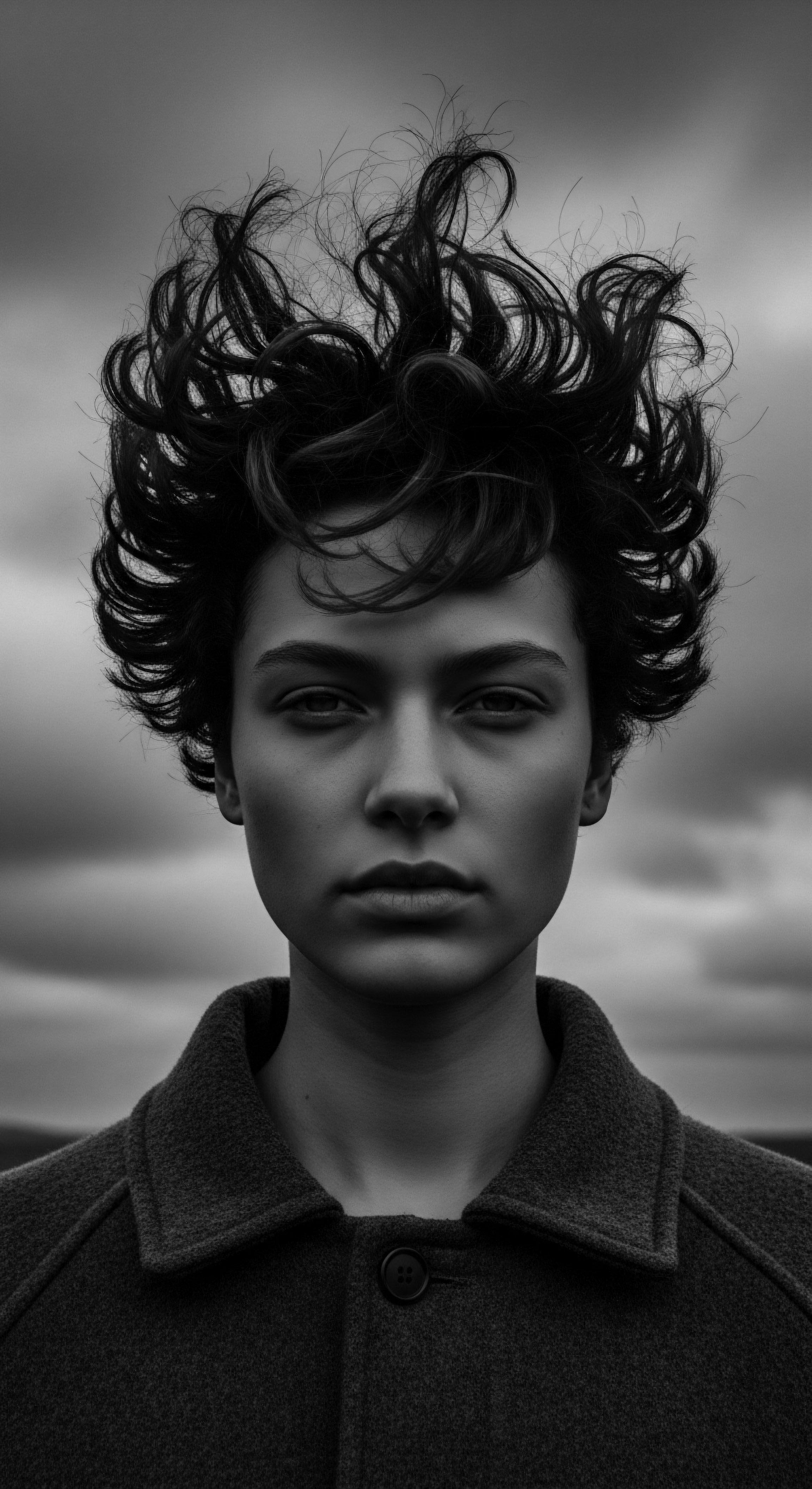
The CROWN Act ❉ A Legal Shield for Heritage
The most prominent example of Hair Discrimination Laws is the CROWN Act, an acronym for “Creating a Respectful and Open World for Natural Hair.” This legislative initiative, first enacted in California in 2019, has since gained momentum across numerous states and at the federal level. Its significance lies in its explicit expansion of existing anti-discrimination statutes to include hair texture and protective styles as protected characteristics associated with race. This clarifies that racial discrimination extends beyond color or national origin to encompass the physical manifestations of racial identity, such as hair.
The CROWN Act directly addresses the historical reality that Black individuals have often faced a difficult choice ❉ conform to Eurocentric beauty standards by altering their natural hair, often through chemical relaxers or excessive heat, or risk losing educational opportunities or employment. This forced conformity has had significant psychological and physical costs, including scalp damage and potential hair loss from harsh treatments. The CROWN Act offers a legal shield, allowing individuals to express their heritage through their hair without fear of retribution. It asserts that cultural expression through hair is a civil right.
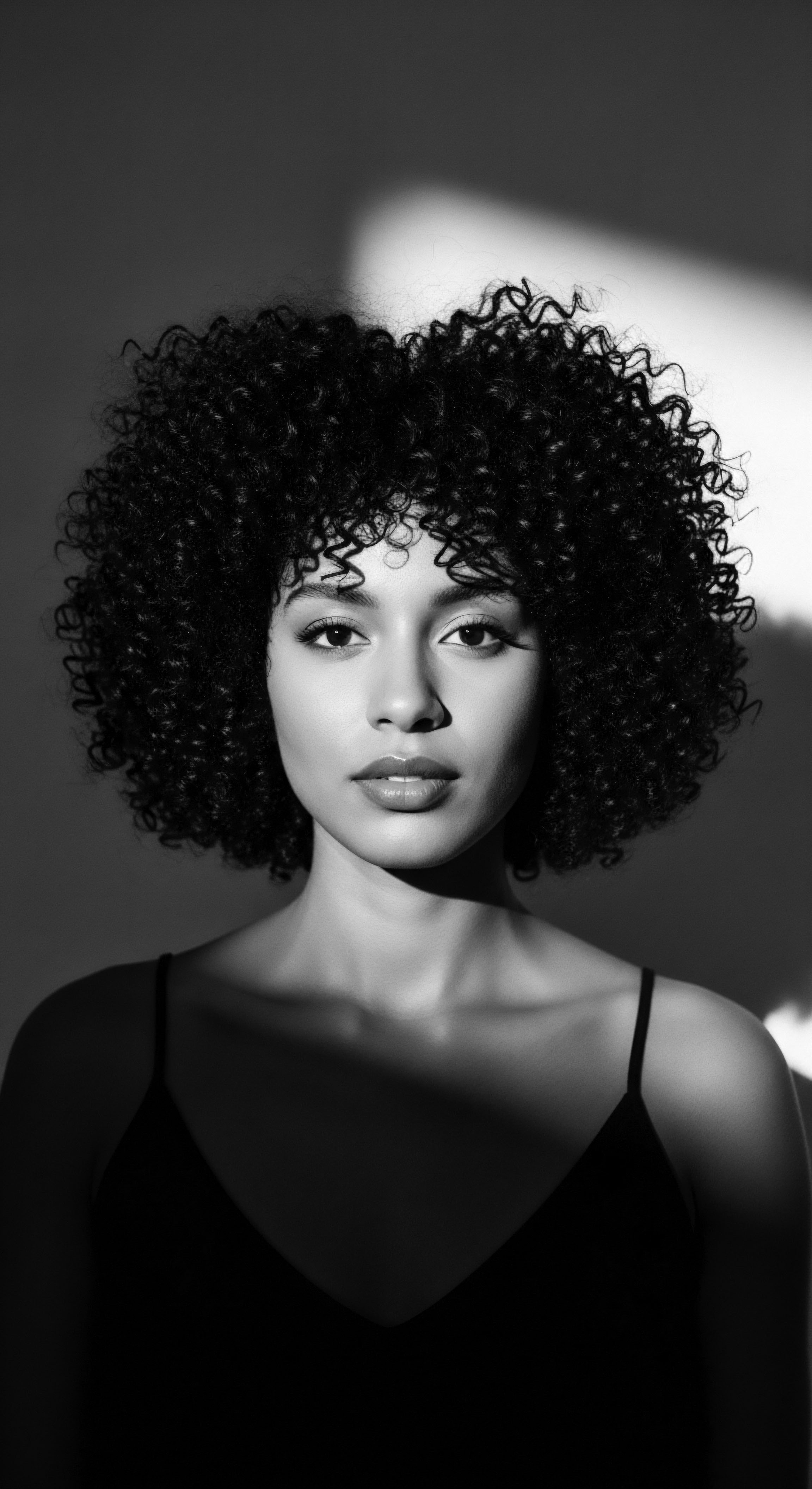
Beyond Legislation ❉ Shifting Cultural Landscapes
Beyond the legal text, the intermediate meaning of Hair Discrimination Laws lies in their capacity to catalyze broader cultural shifts. These laws encourage dialogue about implicit biases and the historical roots of appearance-based discrimination. They prompt employers, educators, and public institutions to re-evaluate their grooming policies, moving away from subjective standards that disadvantage textured hair. This re-evaluation often involves training for staff and a conscious effort to create environments where diverse hair presentations are normalized and celebrated.
The very existence of these laws empowers individuals to challenge discriminatory practices, knowing they have legal backing. This empowerment contributes to a growing movement of self-acceptance and pride within Black and mixed-race communities, where natural hair is increasingly seen as a symbol of strength, beauty, and cultural authenticity. The laws help to dismantle the notion that certain hair textures are “bad” or “unprofessional,” thereby fostering a more inclusive vision of beauty that honors ancestral aesthetics.
The journey from elemental biology to the unbound helix of identity is particularly visible here. The inherent coils and curves of textured hair, a biological marvel, were once deemed problematic by oppressive systems. Hair Discrimination Laws, by protecting these natural forms, validate the biological diversity of human hair and, by extension, the inherent dignity of those who bear it. They transform what was once a site of oppression into a space of liberation and cultural affirmation.
Consider the societal impact of these laws. Before their widespread adoption, a 2020 study by Dove and LinkedIn revealed that Black women were 80% more likely to feel they needed to change their natural hair to conform to workplace standards. This statistic, a stark reflection of systemic bias, underscores the tangible need for such legal protections. The CROWN Act and similar legislation directly address this pressure, aiming to reduce the burden on Black women and other individuals with textured hair, allowing them to participate fully in society without compromising their identity.
The protective measures extend beyond mere prevention of adverse action. They also address the psychological toll of hair discrimination. Research indicates that experiencing discrimination, including hair-based bias, can lead to negative mental health outcomes, such as changes in self-esteem, shifts in self-identity, and increased anxiety.
By creating legal recourse and fostering more inclusive environments, these laws contribute to the well-being and self-acceptance of individuals who have historically faced such challenges. The laws acknowledge the deep connection between hair, self-perception, and mental health, offering a pathway to healing and cultural pride.
The global reach of this issue is also becoming clearer. While the CROWN Act is primarily a U.S. initiative, similar conversations and legal efforts are emerging worldwide, particularly in nations with significant African diaspora populations.
This global awakening points to a universal need to protect cultural expression and challenge beauty standards rooted in colonial legacies. The intermediate comprehension of Hair Discrimination Laws thus involves understanding their role as instruments of social justice, actively shaping a more equitable and respectful world for all hair textures.
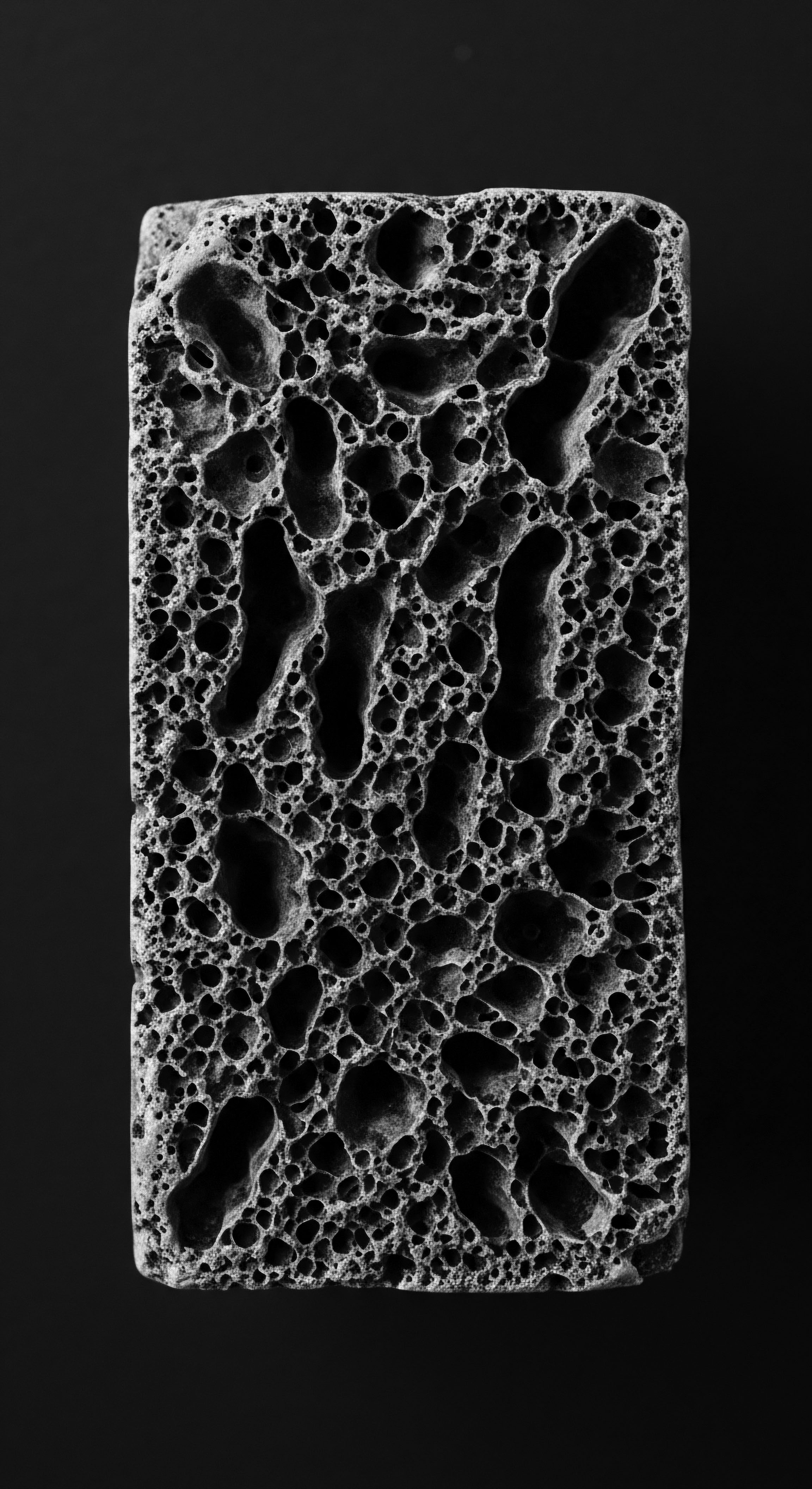
Academic
The academic definition of Hair Discrimination Laws transcends a simple prohibition of bias; it represents a profound legal and sociological intervention designed to deconstruct and remediate systemic racism as it manifests through appearance-based prejudice. This body of legislation, exemplified by the CROWN Act and similar enactments, delineates that discrimination based on hair texture or protective hairstyles intrinsically constitutes racial discrimination, thereby extending the purview of civil rights protections to phenotypic expressions of racial identity. The designation of such laws serves to clarify ambiguities in existing anti-discrimination statutes, which historically failed to adequately address the specific challenges faced by individuals of African descent regarding their hair.
From an academic vantage point, Hair Discrimination Laws acknowledge that prevailing standards of “professionalism” or “neatness” in educational and occupational settings are not neutral constructs. Instead, they are often deeply imbued with Eurocentric aesthetic biases, perpetuating a form of cultural hegemony that marginalizes textured hair. The explication within these laws recognizes that denying opportunities based on hairstyles like Afros, Locs, Braids, or Twists is not merely an aesthetic preference but a direct perpetuation of anti-Black bias. This legal recognition moves beyond individual acts of prejudice to confront the structural underpinnings of racial inequality, asserting that hair, as a salient marker of identity and heritage, warrants explicit legal protection.
Academic analysis reveals Hair Discrimination Laws as essential instruments of racial justice, recalibrating legal definitions to encompass the lived realities of textured hair and its profound cultural heritage.

Deconstructing the Historical and Sociological Roots
The impetus for Hair Discrimination Laws is firmly rooted in centuries of racial subjugation, where the control and denigration of Black hair served as a tool of oppression. During chattel slavery, enslaved Africans were systematically stripped of their cultural practices, including elaborate hair rituals, as part of a broader effort to erase their identity. Post-emancipation, societal pressures, often codified through implicit or explicit rules, continued to demand conformity to white beauty standards. This historical trajectory underscores the contemporary relevance of these laws.
A poignant historical instance that powerfully illuminates the deep connection between hair discrimination and textured hair heritage is the enforcement of the Tignon Laws in late 18th-century Spanish colonial Louisiana. Enacted in 1786 by Governor Esteban Miró, these laws mandated that free women of color in New Orleans wear a tignon (a type of headwrap) to cover their hair when in public. The purported aim was to distinguish these women, who were often known for their elaborate and artistic hairstyles, from white women, thereby enforcing social hierarchy and suppressing their perceived attractiveness and influence. This legal imposition, though seemingly about appearance, was a direct assault on the visual markers of identity and status that free women of color had cultivated through their hair.
Despite the oppressive intent, many women transformed the tignon into a statement of defiance and fashion, tying them with artistry and vibrant fabrics, subtly subverting the law’s intention and maintaining a connection to their ancestral aesthetic practices (Grosz, 2017). This historical episode demonstrates how legal measures have long been employed to police Black hair and how, conversely, Black communities have consistently found ways to resist and preserve their hair heritage. The contemporary Hair Discrimination Laws stand as a direct response to this enduring legacy, seeking to dismantle the very mechanisms of control seen in the Tignon Laws.
Sociologically, these laws recognize hair as a site of intersectionality, where race, gender, and class converge to shape experiences of discrimination. Black women, in particular, often bear the brunt of hair-based bias, facing disproportionate pressure to alter their natural textures for professional acceptance. A 2020 study found that 66% of Black girls in majority-white schools reported experiencing hair discrimination.
This data points to the pervasive nature of the issue from a young age, affecting academic achievement and psychological well-being. The laws seek to mitigate these cumulative disadvantages, creating equitable pathways for educational and professional advancement.

The Psychological and Health Implications
Beyond legal redress, academic discourse surrounding Hair Discrimination Laws delves into the profound psychological and physical health implications of appearance-based bias. The constant pressure to conform, to suppress one’s natural hair, can lead to internalized racism, diminished self-esteem, and chronic stress. This stress, often referred to as “esthetic trauma,” can have long-term consequences on mental health, including heightened anxiety and depression. The emotional labor involved in navigating discriminatory grooming policies, coupled with the fear of professional or social repercussions, extracts a heavy toll.
Furthermore, the physical health of textured hair can be compromised by the practices often necessitated by discriminatory standards. Chemical relaxers and excessive heat styling, historically used to achieve straightened hair, can lead to conditions such as Traction Alopecia, breakage, and scalp irritation. By protecting natural and protective styles, Hair Discrimination Laws implicitly support healthier hair care practices, allowing individuals to maintain their hair in ways that honor its unique biological structure and ancestral care traditions. This intersection of legal protection, mental wellness, and physical health underscores the holistic understanding of these laws.
| Era/Context Colonial Era / Antebellum South |
| Form of Hair Regulation/Discrimination Forced shaving, simple styles, or head coverings for enslaved people. |
| Impact on Textured Hair Heritage Systematic erasure of cultural identity, communal practices, and ancestral knowledge tied to hair. |
| Response/Resistance Subtle maintenance of braiding techniques; oral transmission of hair lore; clandestine styling. |
| Era/Context Late 18th Century Louisiana (Tignon Laws) |
| Form of Hair Regulation/Discrimination Mandatory headwraps for free women of color to conceal elaborate hairstyles. |
| Impact on Textured Hair Heritage Suppression of visible cultural expression and social status through hair. |
| Response/Resistance Artistic reinterpretation of headwraps as fashion statements; continued elaborate styling beneath coverings. |
| Era/Context Post-Emancipation / Jim Crow Era |
| Form of Hair Regulation/Discrimination Societal pressure and employer mandates for straightened hair; "good hair" vs. "bad hair" dichotomy. |
| Impact on Textured Hair Heritage Internalized beauty standards; widespread use of chemical relaxers and hot combs for conformity. |
| Response/Resistance Emergence of Black hair care entrepreneurs; underground salons as spaces of cultural affirmation. |
| Era/Context Mid-20th Century (Civil Rights Movement) |
| Form of Hair Regulation/Discrimination Bans on Afros and other natural styles in schools and workplaces. |
| Impact on Textured Hair Heritage Hair as a symbol of defiance and political statement; rejection of Eurocentric norms. |
| Response/Resistance The Afro as a symbol of Black Power; legal challenges to discriminatory grooming policies. |
| Era/Context Contemporary (CROWN Act Era) |
| Form of Hair Regulation/Discrimination Subtle biases and explicit policies against locs, braids, twists in professional/educational settings. |
| Impact on Textured Hair Heritage Ongoing mental and economic burden of conforming or facing discrimination. |
| Response/Resistance Legislative advocacy (CROWN Act); natural hair movement; creation of supportive online communities. |
| Era/Context This historical continuum demonstrates the enduring struggle for hair autonomy and the persistent resilience of textured hair heritage in the face of systemic prejudice. |

Legal Interpretations and Future Trajectories
Academically, the ongoing development of Hair Discrimination Laws presents a compelling area of study concerning legal interpretation and enforcement. While the CROWN Act seeks to broaden the definition of race, its application in diverse legal contexts, including federal versus state jurisdictions, remains a subject of scrutiny. The nuances of its implementation, particularly regarding the specific hairstyles covered and the scope of protection, are continuously refined through litigation and policy updates. The objective is to establish a consistent and robust legal standard that effectively counters all manifestations of hair-based bias.
The academic lens also considers the potential for these laws to inspire similar legislative actions globally, especially in post-colonial contexts where Eurocentric beauty standards continue to hold sway. The universal principles of human dignity and cultural self-determination that underpin these laws resonate far beyond national borders. Future academic inquiry will likely examine the long-term societal impacts of these laws, including shifts in beauty perceptions, increased cultural pride, and the measurable reduction of discriminatory incidents in workplaces and schools. The academic meaning of Hair Discrimination Laws is thus a dynamic, evolving understanding, continuously informed by historical context, sociological insights, and the lived experiences of those whose hair carries generations of heritage.
- Intersectionality in Law ❉ These laws represent a legal recognition of how racial discrimination intersects with appearance, particularly for Black women and girls.
- Policy Implications ❉ They compel institutions to revise policies that, even if facially neutral, have a disproportionate negative impact on individuals with textured hair.
- Global Human Rights ❉ The principles underpinning these laws extend to broader human rights discussions, promoting cultural freedom and bodily autonomy worldwide.
The academic discussion also delves into the challenges of enforcement. While laws are passed, the ingrained biases within society do not vanish immediately. There is a continuous need for education, advocacy, and legal action to ensure compliance and to truly shift cultural norms. The psychological impact of discrimination, even after laws are in place, can linger, highlighting the importance of supportive communities and resources for those who have experienced such bias.
The establishment of “hair therapy” blogs and support networks, as noted in research, demonstrates a collective coping strategy and a testament to the ongoing need for spaces of affirmation. This collaborative effort, spanning legal, social, and psychological domains, is essential for the full realization of the laws’ protective intent.

Reflection on the Heritage of Hair Discrimination Laws
The journey through the definition and meaning of Hair Discrimination Laws reveals more than just legal statutes; it unveils a profound meditation on the enduring spirit of textured hair and its indelible heritage. From the elemental biology of each unique coil and curl, echoing the very source of human diversity, to the tender thread of ancestral care rituals passed through generations, these laws stand as monumental acknowledgments of a truth long denied ❉ hair is not merely fiber, but a living testament to identity, resilience, and an unbound helix of cultural memory.
We recognize that the battle against hair discrimination is not a contemporary phenomenon, but a continuation of ancient struggles for self-determination. The very act of protecting textured hair, through the formal delineation of rights, is a sacred act of remembrance, honoring those who, in times past, had their crowns forcibly shorn or hidden. It speaks to the wisdom of ancestral practices that understood hair as a conduit of spiritual energy, a marker of community, and a canvas for storytelling. The current legal landscape, shaped by the passage of laws like the CROWN Act, gently affirms this inherited wisdom, allowing the legacy of our forebears to unfurl in modern spaces.
This collective effort to define and enforce Hair Discrimination Laws is a vital step in voicing identity and shaping futures. It allows for the full, authentic presence of Black and mixed-race individuals in every sphere of life, from the classroom to the boardroom, without the silent burden of conformity. The significance of these laws extends beyond legal protection; they serve as a powerful societal declaration that the beauty, versatility, and historical richness of textured hair are not just acceptable, but deeply valued. In this ongoing unfolding, we are reminded that the Soul of a Strand, with its intricate patterns and deep roots, is a vibrant, living library, continuously writing new chapters of freedom and belonging.

References
- Grosz, J. (2017). The Tignon Laws ❉ A Cultural History of Hair and Resistance in Louisiana. University of New Orleans Press.
- Nkimbeng, M. et al. (2023). The Person Beneath the Hair ❉ Hair Discrimination, Health, and Well-Being. Health Equity, 7(1), 406-411.
- Kempf, M. et al. (2024). Hair Discrimination in Schools ❉ A Call to Honor Black History by Protecting Student Rights. IDRA Newsletter.
- Hamilton, T. (2021). Beauty as a Weapon ❉ The Politics of Black Hair in America. University of California Press.
- Davis, K. (2008). Intersectionality as Buzzword ❉ A Critical Stock-Taking. Feminist Theory, 9(1), 67-81.
- Griffin, T. (2019). Black Hair ❉ A History of Fashion and Resistance. Duke University Press.
- U.S. Equal Employment Opportunity Commission. (2013). EEOC Enforcement Guidance on Race and Color Discrimination .
- Few, A. L. & Allen, B. L. (2020). Hair Stories ❉ Black Women, Beauty, and Identity. Routledge.
- All Things Hair. (2020). Hair Discrimination in the Workplace ❉ A Study on the Impact on Black Women. Unilever.
- Booker, C. A. (2019). S. 3167, The CROWN Act of 2019. 116th Congress.
